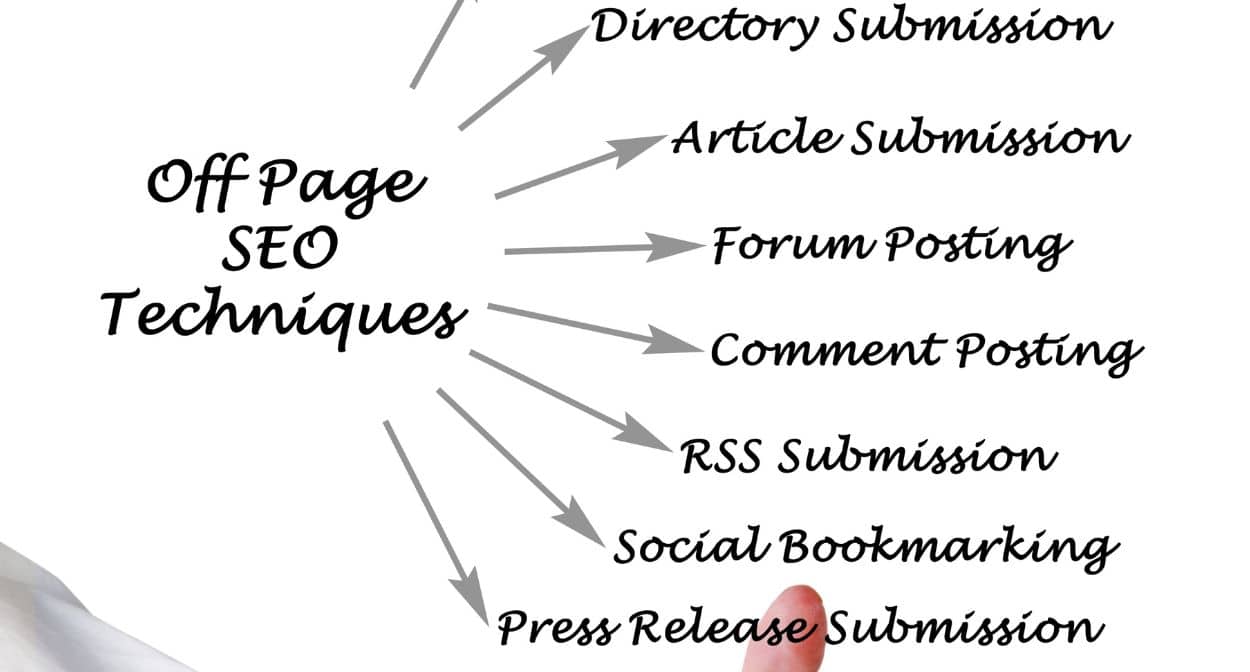
Local SEO for Epoxy Flooring and Concrete Coating Companies
The Importance of Google My Business Listings

Increased Visibility in Local Searches: For local searches like “epoxy flooring near me” or “concrete coating services in [City],” a well-optimized GMB profile will help your business appear prominently in search results. A GMB listing allows your business to show up in Google’s Local Pack— a special section that showcases the top local businesses, which is particularly visible on mobile devices.
Gives Essential Information at a Glance: When potential clients find your GMB listing, they have instant access to essential business information without needing to visit your website. Including accurate business hours, phone numbers, and a detailed business description will make it easier for potential clients to engage with your business.
Direct Link to Reviews and Customer Interaction: GMB also offers direct visibility into customer reviews and responses, giving you an opportunity to showcase positive feedback and build trust. This also allows you to publicly handle any negative feedback, showing potential clients your commitment to customer satisfaction.
Optimizing Your Google My Business Listing:
- Ensure all information (business name, address, phone number, website, and hours) is accurate and consistent with other listings.
- Add high-quality photos of your completed projects to showcase your expertise.
- Include keywords like “epoxy flooring,” “concrete coatings,” and relevant location information in your GMB description to improve local relevance.
Gathering and Managing Customer Reviews

Encouraging Customers to Leave Reviews:
- Ask Directly After Project Completion: After completing a project, send a polite email or text message to your client thanking them and asking if they would be willing to leave a review on Google. Include a direct link to your GMB profile to make it easy.
- Incentivize Reviews (Where Allowed): Some businesses successfully offer small incentives, like a discount or gift card, for customers who leave a review. However, be mindful of Google’s policies on incentivizing reviews to ensure your account stays in good standing.
- Respond to Every Review: Responding to reviews, both positive and negative, shows that you care about your clients’ experiences. A professional response to a negative review can potentially turn a dissatisfied customer into a returning one, and Google rewards active engagement with improved visibility.
- Managing Negative Reviews: While no business likes negative feedback, handling these reviews well can improve your reputation. Address negative comments calmly, acknowledge any mistakes, and offer solutions. Customers—and Google—will appreciate that you are responsive and solution-focused.
Local SEO Techniques to Dominate Local Search Results

For an epoxy flooring or concrete coating company, traditional SEO practices are not enough. You need a local SEO strategy that focuses on hyper-targeting potential clients in your service area. Here are some techniques to help you rank higher in local searches:
- On-Page SEO with Local Keywords: Use locally targeted keywords throughout your website, such as “epoxy flooring in [City]” or “concrete coating services in [City].” This includes your website’s meta titles, descriptions, headers, and throughout your content.
- Create Location-Based Content: Consider publishing blog posts that answer local questions, like “How Epoxy Flooring Handles [City]’s Climate” or “Top Benefits of Concrete Coating in [City].” This type of content not only improves your relevance in local searches but also builds your reputation as a local authority in the flooring and coating space.
- Optimize for Mobile: Many local searches come from mobile devices, so ensure that your website is mobile-friendly. An easy-to-navigate, fast-loading mobile experience will keep users on your page longer and improve your SEO ranking.
- Get Listed in Local Directories: Besides Google My Business, ensure your business is listed in other reputable local directories like Yelp, Bing Places, and industry-specific directories. The more platforms your business is listed on, the more authority it builds with search engines, which leads to higher local search rankings.
- Build Backlinks from Local Websites: Collaborate with local businesses and industry influencers to earn backlinks to your site. For example, a local home improvement blogger or a local magazine might link to your website if you provide helpful content, such as “Top Trends in Epoxy Flooring.” Backlinks from trusted sources signal to Google that your website is reputable, which can improve your local SEO.
- Schema Markup for Local SEO: Adding local schema markup to your website helps search engines better understand your business’s location and services. This code snippet provides context, such as your business’s name, location, hours, and contact information, which can improve your local search presence and make it easier for customers to find you.
Conclusion
Local SEO is critical for epoxy flooring and concrete coating companies that want to reach clients in their immediate area. By focusing on optimizing your Google My Business listing, gathering and managing customer reviews, and implementing other local SEO strategies, you can improve your business’s visibility in search results and drive more qualified leads to your website. With a well-executed local SEO strategy, your business can establish a strong online presence, outrank competitors, and build lasting trust with potential customers in your service area.


















